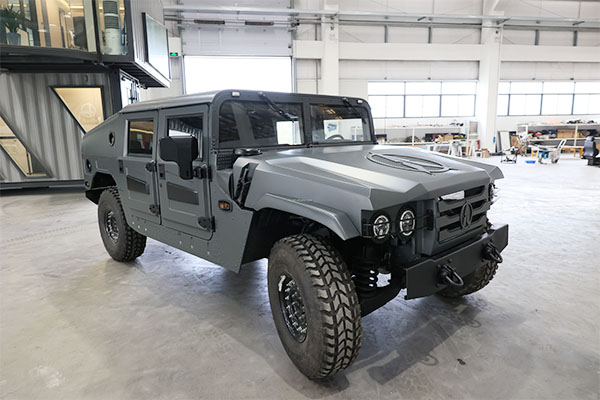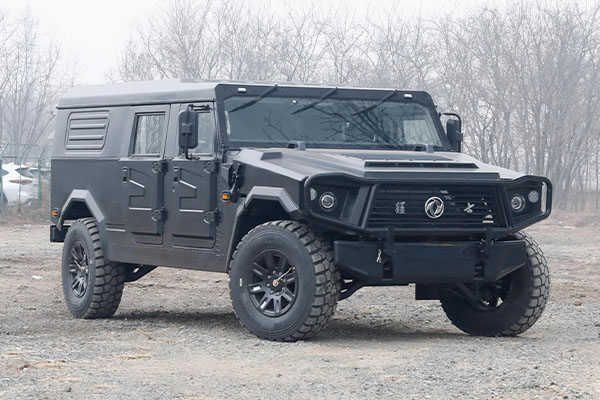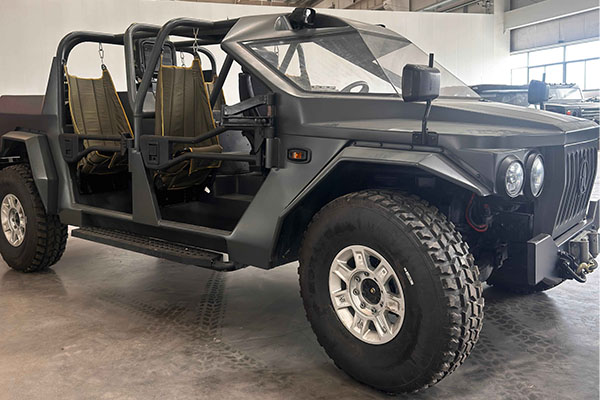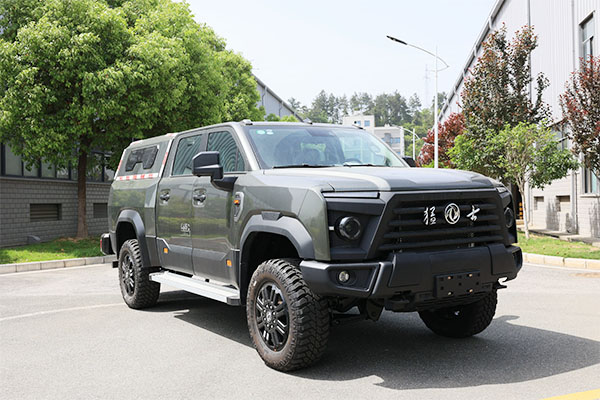Special considerations in the design of special equipment transporters to ensure safe transportation
Release Time : 2025-05-12
Special equipment transporters are designed to carry overweight, oversized or particularly delicate cargo. The design of such vehicles must take into account a variety of factors, including but not limited to cargo safety, transportation efficiency, and impact on the environment and public safety.
1. Precise matching of cargo characteristics
First, the design of special equipment transporters needs to be customized according to the specific characteristics of the cargo being transported. This includes the weight, size, shape and sensitivity of the cargo (such as whether it is fragile, temperature sensitive, etc.). For example, for large mechanical parts, specially designed support structures may be required to ensure stability; for chemicals, specific sealing and ventilation systems may be required to prevent leakage or volatilization.
2. Strengthened body structure and load-bearing capacity
In order to adapt to the needs of heavy cargo, special equipment transporters usually have a strengthened body structure and enhanced load-bearing capacity. This means not only using high-strength steel and other advanced materials to build the frame, but also increasing the number of axles and wheels to disperse the load, thereby reducing pressure on the road and improving driving safety. In addition, the optimization of the vehicle suspension system is also essential, which can effectively absorb vibrations and protect the cargo from bumps.
3. Efficient loading and unloading mechanism
Designing an efficient loading and unloading mechanism is one of the keys to the success of special equipment transporters. These vehicles are often equipped with hydraulic lifting platforms, retractable arms or other special devices to facilitate the loading and unloading of goods. At the same time, considering the large size of some goods, the vehicle itself may also need to have folding or disassembly functions to facilitate passing through narrow sections or bridges.
4. Safety measures
Special equipment transporters must also take various safety measures into full consideration when designing. In addition to basic conventional equipment such as seat belts and anti-slip mats, high-tech facilities such as GPS positioning systems, real-time monitoring cameras and emergency braking systems need to be installed. Especially when it comes to the transportation of dangerous goods, the vehicle should be equipped with corresponding fire and explosion-proof devices and comply with strict transportation standards and regulations.
5. Environmentally friendly design
With the improvement of global environmental awareness, modern special equipment transporters have also begun to pay attention to green design concepts. The use of clean energy drives (such as electric or hybrid), reducing exhaust emissions, and reducing noise pollution are all key research directions. In addition, manufacturers are also exploring how to use lightweight materials to reduce the weight of the vehicle, thereby improving fuel efficiency and reducing carbon footprint.
In summary, the design of special equipment transporters is a complex and multi-dimensional process, which requires engineers to have not only deep professional knowledge, but also keen market insight and social responsibility. Only in this way can we create high-quality products that meet customer needs and safeguard the public interest. In the future, with the advancement of technology and changes in market demand, we believe that special equipment transporters will usher in more innovation and development opportunities.
1. Precise matching of cargo characteristics
First, the design of special equipment transporters needs to be customized according to the specific characteristics of the cargo being transported. This includes the weight, size, shape and sensitivity of the cargo (such as whether it is fragile, temperature sensitive, etc.). For example, for large mechanical parts, specially designed support structures may be required to ensure stability; for chemicals, specific sealing and ventilation systems may be required to prevent leakage or volatilization.
2. Strengthened body structure and load-bearing capacity
In order to adapt to the needs of heavy cargo, special equipment transporters usually have a strengthened body structure and enhanced load-bearing capacity. This means not only using high-strength steel and other advanced materials to build the frame, but also increasing the number of axles and wheels to disperse the load, thereby reducing pressure on the road and improving driving safety. In addition, the optimization of the vehicle suspension system is also essential, which can effectively absorb vibrations and protect the cargo from bumps.
3. Efficient loading and unloading mechanism
Designing an efficient loading and unloading mechanism is one of the keys to the success of special equipment transporters. These vehicles are often equipped with hydraulic lifting platforms, retractable arms or other special devices to facilitate the loading and unloading of goods. At the same time, considering the large size of some goods, the vehicle itself may also need to have folding or disassembly functions to facilitate passing through narrow sections or bridges.
4. Safety measures
Special equipment transporters must also take various safety measures into full consideration when designing. In addition to basic conventional equipment such as seat belts and anti-slip mats, high-tech facilities such as GPS positioning systems, real-time monitoring cameras and emergency braking systems need to be installed. Especially when it comes to the transportation of dangerous goods, the vehicle should be equipped with corresponding fire and explosion-proof devices and comply with strict transportation standards and regulations.
5. Environmentally friendly design
With the improvement of global environmental awareness, modern special equipment transporters have also begun to pay attention to green design concepts. The use of clean energy drives (such as electric or hybrid), reducing exhaust emissions, and reducing noise pollution are all key research directions. In addition, manufacturers are also exploring how to use lightweight materials to reduce the weight of the vehicle, thereby improving fuel efficiency and reducing carbon footprint.
In summary, the design of special equipment transporters is a complex and multi-dimensional process, which requires engineers to have not only deep professional knowledge, but also keen market insight and social responsibility. Only in this way can we create high-quality products that meet customer needs and safeguard the public interest. In the future, with the advancement of technology and changes in market demand, we believe that special equipment transporters will usher in more innovation and development opportunities.







